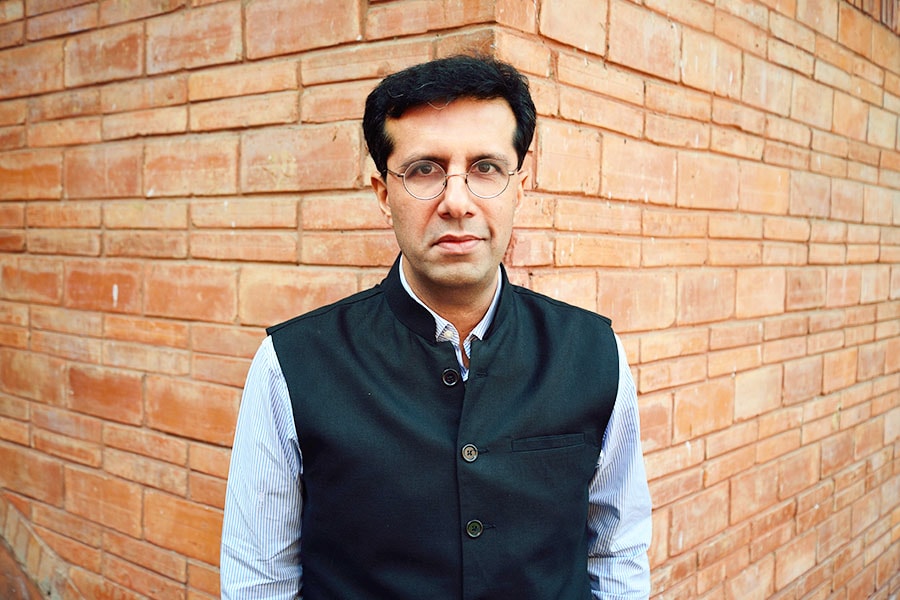
How Ashish Dhawan gave up his high-flying investing career to solve India's education crisis
The co-founder of Ashoka University talks about setting up an interdisciplinary education institution, and how it is different from running a business
 Ashish Dhawan, co-founder Chrys Capital, founder and chairman of Central Square Foundation, founder and CEO of The Convergence Foundation, and co-founder of Ashoka University
Image: Pradeep Gaur/Mint via Getty Images
Ashish Dhawan, co-founder Chrys Capital, founder and chairman of Central Square Foundation, founder and CEO of The Convergence Foundation, and co-founder of Ashoka University
Image: Pradeep Gaur/Mint via Getty Images
It is not very often that we come across an entrepreneur and investment manager of a multi-billion-dollar fund who, in his early forties, gave up a successful career to jump into philanthropy fulltime. This is the story of Ashish Dhawan, co-founder of one of India’s leading private equity firms, Chrys Capital, founder and chairman of Central Square Foundation, founder and CEO of The Convergence Foundation, and co-founder of Ashoka University.
Dhawan is on a mission to fast-track India’s growth by reimagining its education sector. In 2010, he co-founded Ashoka University and brought on board 170 philanthropists to share his vision of a world-class interdisciplinary higher education institute in India. He also set up The Central Square Foundation in 2012 to ensure India’s 250 million children have access to equal opportunities irrespective of their financial backgrounds.
“I didn’t want to just cut cheques. My life’s work is about building institutions,” says Dhawan, now in his early fifties, in an exclusive interview on Forbes India Pathbreakers.









